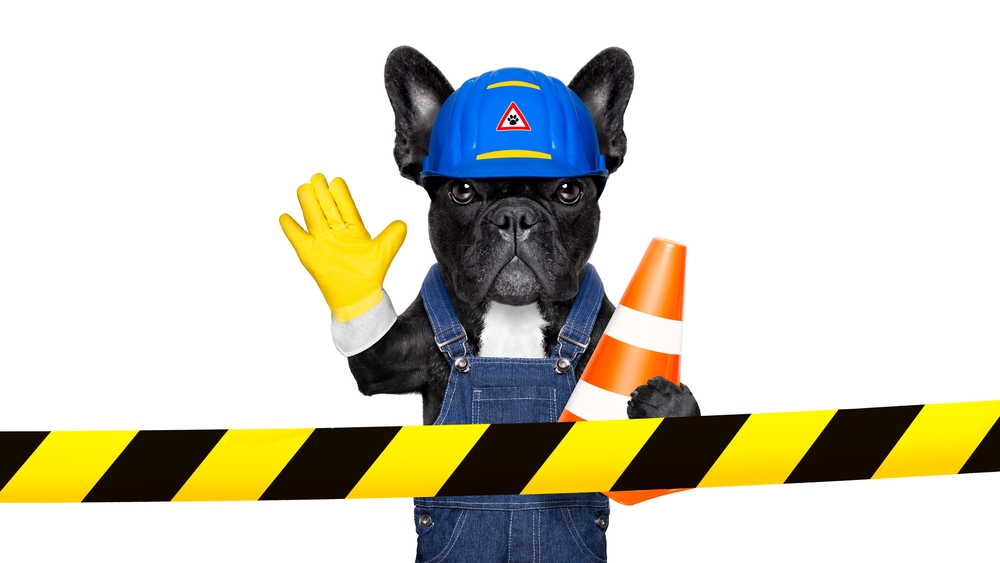Ensuring a safe work environment for staff members is a critical piece of risk management planning for new businesses. While some industries have specific risks and planning needs in this area, many issues in running a safe workplace are universal.
Fire Safety: Buildings should have standard fire safety equipment, but businesses need to make sure any employees who are disabled or have issues with access or movement can hear or see alarms and have knowledge of their emergency egress route. Any workspace that has employees who can’t reach the standard fire alarms should have lower alarms set into the walls. Any employee in a wheelchair who works on an upper level of a building should have training for how to access an emergency elevator that will work in the event of a fire. Training for all employees, including senior management, should include location and working knowledge of fire extinguishers and procedures.
Procedures in the event of a workplace emergency should be practiced during training cycles. Critical pieces of emergency action plans include communication, plans for emergency egress, and assistance plans for employees with disabilities.
Hazardous Materials: Every workplace, even a typical office, can cause exposure to materials that can be dangerous to human health. MSDS Sheets, Material Safety Data Sheets, should be present in the workplace and easily available to cover any product, including cleaning supplies, that have the potential for human harm. New employee orientation and training cycles should include how employees can access this information.
All employees should have access to safety equipment that works and fits.
More structure is needed for workplaces that have significant exposure to chemicals, ionizing radiation, or biological materials. When structuring plans to keep workers safe, consideration should be given to reproductive exposures for women of child-bearing age, and the possibility of exposures on clothing being transferred to household members, including children. Protecting women during pregnancy and children from the effects of dangerous chemical and biological agents is a critical piece of risk management planning. Protective gear, safety oversight to make sure safety gear is worn properly, locker rooms with showers, and education on safe handling and prevention of transfer of exposure from workplace to home are all critical risk management tasks. Training should address risks to human health in the workplace, so workers can also participate in keeping themselves, each other, and their families safe.


